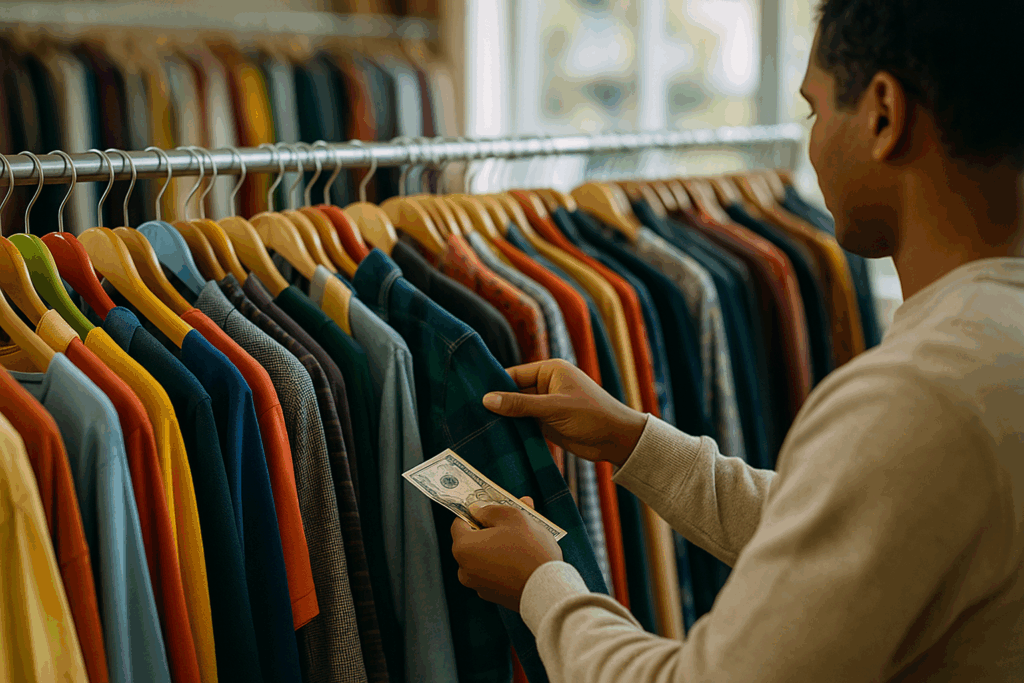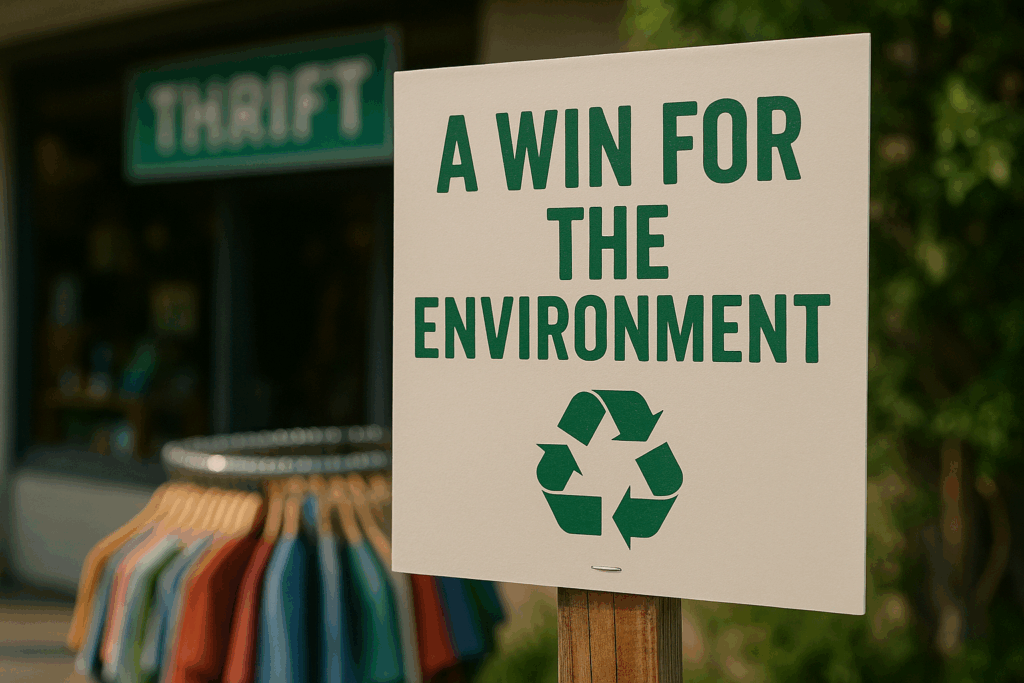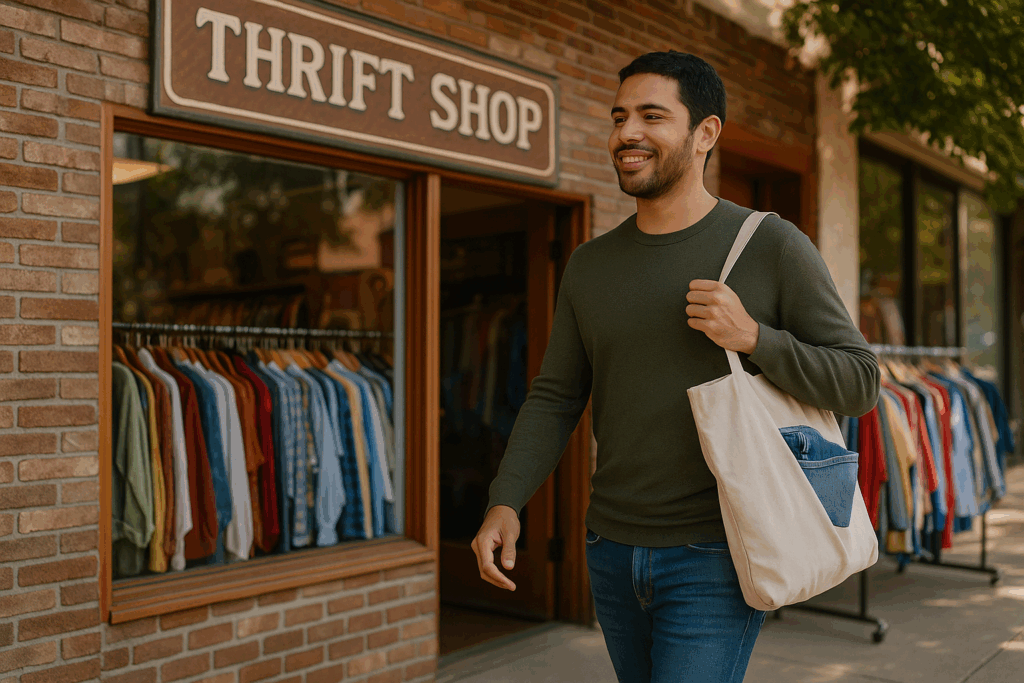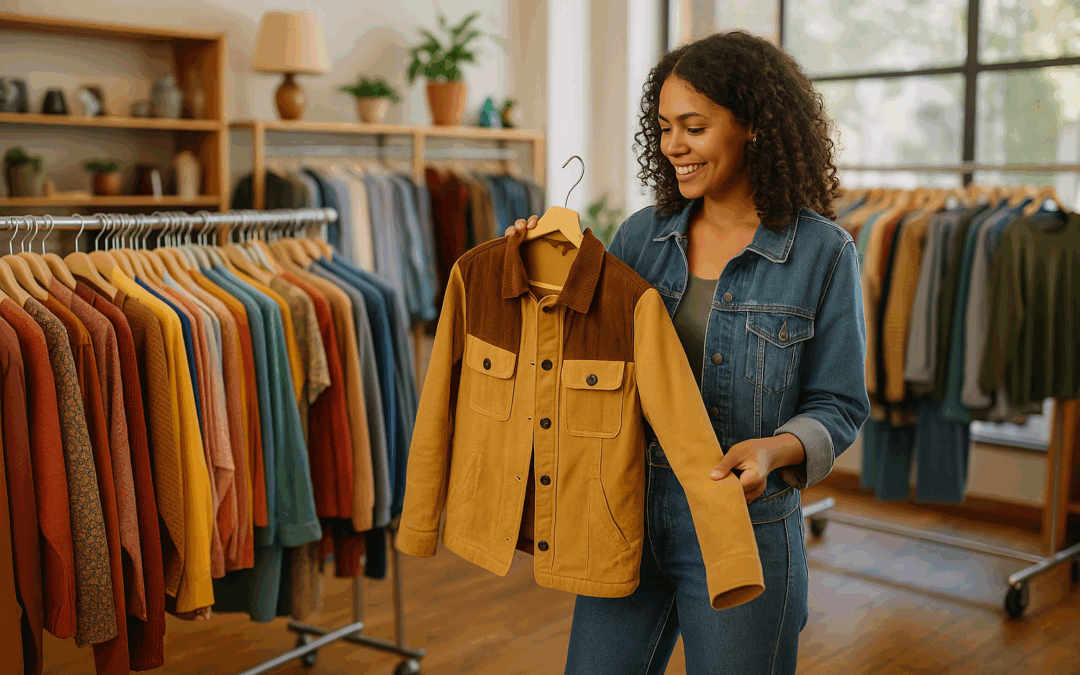Scoring a great deal on gently used items isn’t just kind to your wallet — it’s a powerful way to cut down on waste and support a more sustainable lifestyle. From local thrift stores to online resale platforms, secondhand shopping is booming, offering savvy shoppers a chance to find unique treasures while keeping perfectly good goods out of landfills.
The Financial Perks of Buying Used

There’s no denying the economic appeal of thrifting. Buying secondhand often means paying a fraction of the original retail price, whether you’re hunting for designer clothes, quality furniture, or everyday household items. For families or anyone on a tight budget, shopping used can free up funds for other priorities, like paying down debt or growing an emergency savings fund.
Beyond the direct savings, secondhand shopping can also help curb impulse spending. Many thrift and consignment stores operate with constantly rotating inventory, making each visit a bit of a treasure hunt. This environment encourages thoughtful purchases over hasty splurges, helping you stay focused on what you truly need.
Tips for Thrifting Success

Not all secondhand finds are created equal. To get the best value, inspect items carefully. Look for solid construction in furniture, check clothing for wear, stains, or missing buttons, and plug in electronics before buying. If you’re shopping online, read seller reviews, examine photos closely, and ask questions to avoid surprises.
Timing can also boost your chances of finding high-quality items. Many thrift stores restock after weekends, while estate sales often have the biggest selection on opening day. Be patient and persistent — the thrill of finally snagging a perfect piece makes the hunt worthwhile.
A Win for the Environment

Choosing secondhand isn’t just a personal financial win; it’s also a small act of environmental stewardship. Buying used reduces demand for new products, which cuts down on the resources and energy needed for manufacturing and shipping. This is especially impactful for items like clothing, which has a sizable carbon footprint and often ends up in landfills.
Additionally, thrifting helps keep perfectly usable goods circulating in the economy. That’s less waste clogging landfills and fewer new items that need to be produced to meet demand. In a world increasingly concerned about climate change and resource scarcity, every small decision to buy used counts.
Making Secondhand Part of Your Routine

Thrifting is more than an occasional bargain hunt — it can become a rewarding lifestyle choice. Try building visits to local shops or browsing online marketplaces into your monthly routine. Keep a running list of items you’d like to find secondhand, from kitchen tools to décor, so you’re ready when the right opportunity comes along.
Over time, you may discover that secondhand shopping shifts your mindset entirely. Instead of defaulting to new purchases, you’ll start to see the value and charm in pre-loved items. Your budget will thank you, and so will the planet.

